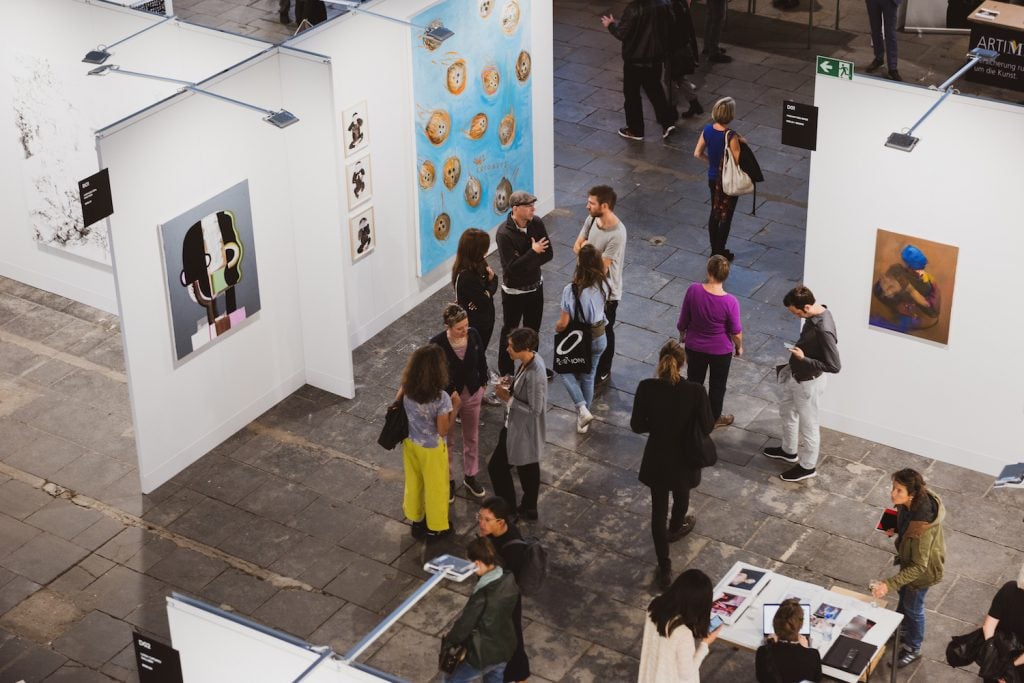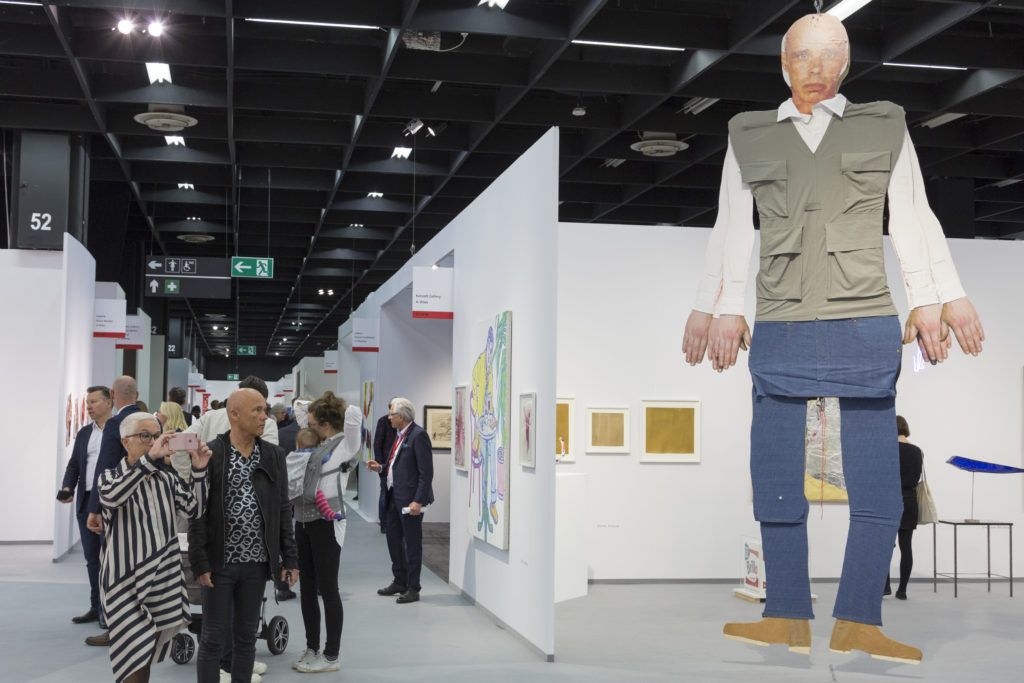Galleries
The Top 17 Percent of Germany’s Art Galleries Made 80 Percent of All Revenue Last Year, a New Report Finds
"Gallery sales are extremely unevenly distributed," the authors of the study say.

"Gallery sales are extremely unevenly distributed," the authors of the study say.

Kate Brown

Just 17 percent of German galleries account for 80 percent of the sector’s annual revenue, according to a recent survey of the art market in the central European country. The report paints a picture of an increasingly stratified sector in a year marked by staggering losses. Dealers predict their revenues will fall around 40 percent in 2020 as a result of the lockdown.
The survey—organized by the Federal Association of German Galleries and Fine Art Dealers (BVDG) and the Institute for Strategy Development (IFSE)—suggests that the losses will have a disproportionate impact on smaller dealers, who “often run the most ambitious programs under conditions of self-exploitation.”
The report found that around 100 of the country’s 700 galleries make an annual turnover of more than €1.5 million ($1.8 million) each, while the low end of the market contains 60 percent of galleries, which generate just 7 percent of the nation’s annual art sales.
“Gallery sales are extremely unevenly distributed,” the authors say. “As a rule, after deduction of all expenses, [small galleries] can hardly make a living from the money left from sales.” In light of the lockdown, which saw galleries closed for around eight to nine weeks, some “even fear a complete collapse of their business,” the report’s authors write.
Midsize galleries—defined in this report as grossing between €400,000 ($470,488) and €1.5 million in sales—also appear to be an endangered species. They make up around 25 percent of dealers but generate just 13 percent of the German market’s annual revenue.

View of Art Cologne 2019. Courtesy Kölnmesse.
Published last month, the report surveyed 237 German galleries and offers fascinating insights into the gains and losses in the art market since the IFSE issued its last report seven years ago. The value of the industry is growing: in 2012, total sales were estimated at €450 million ($529 million), while in 2019, surveyed dealers report almost double that, €890 million ($1 billion).
Interestingly, about the same number of galleries that shut down over the past seven years cropped up, leading to little change in the overall number of dealers in the country. A third of the 700 shops are located in Berlin, which provides more than half of the jobs for the sector. The second biggest hub is Nordrhein-Westfalen state, which is home to Cologne and Dusseldorf—the two leading market capitals in the 1990s before a swell of galleries began moving to the post-wall capital.
While a critical mass of power-player dealers has emerged in Berlin in recent years, it has not been met with an equivalent collector base: larger Berlin-based galleries reported that 40 percent of their turnover came via international sales, while just 12 percent came from customers in their own city. The low figure is not entirely surprising, considering that last year, the annual Berlin art fair was cancelled. Germany’s preeminent Art Cologne is opening with stringent safety measures on November 18.
Like many industries, the galleries sector has suffered during lockdown: about 10 percent of jobs have been lost, according to those surveyed. This number would surely be higher if the government did not put so many preventative job loss measures in place, like kurzarbeit, in which employees work part-time while the government covers their wages.
Last month, culture minister Monika Grütters also announced that she would inject €16 million ($18.8 million) into the private market in the first half of 2021 by offering grants to dealers for individual projects. The government also boosted its federal acquisitions budget sixfold, to €3 million ($3.5 million), with a focus on supporting dealers and living artists. Whether it is enough to save the most vulnerable in the industry remains to be seen.
Silvia Zörner of the BVDG tells Artnet News that that the shutdown “only condenses the structural problems that have existed for some time.” While commending the grant program for dealers, the association is adamant that a reduced tax rate on art sales will be essential for long-term recovery. “The German art market will only be attractive and competitive,” she says, “if it is understood and promoted as an essential part of the cultural and creative industries.”